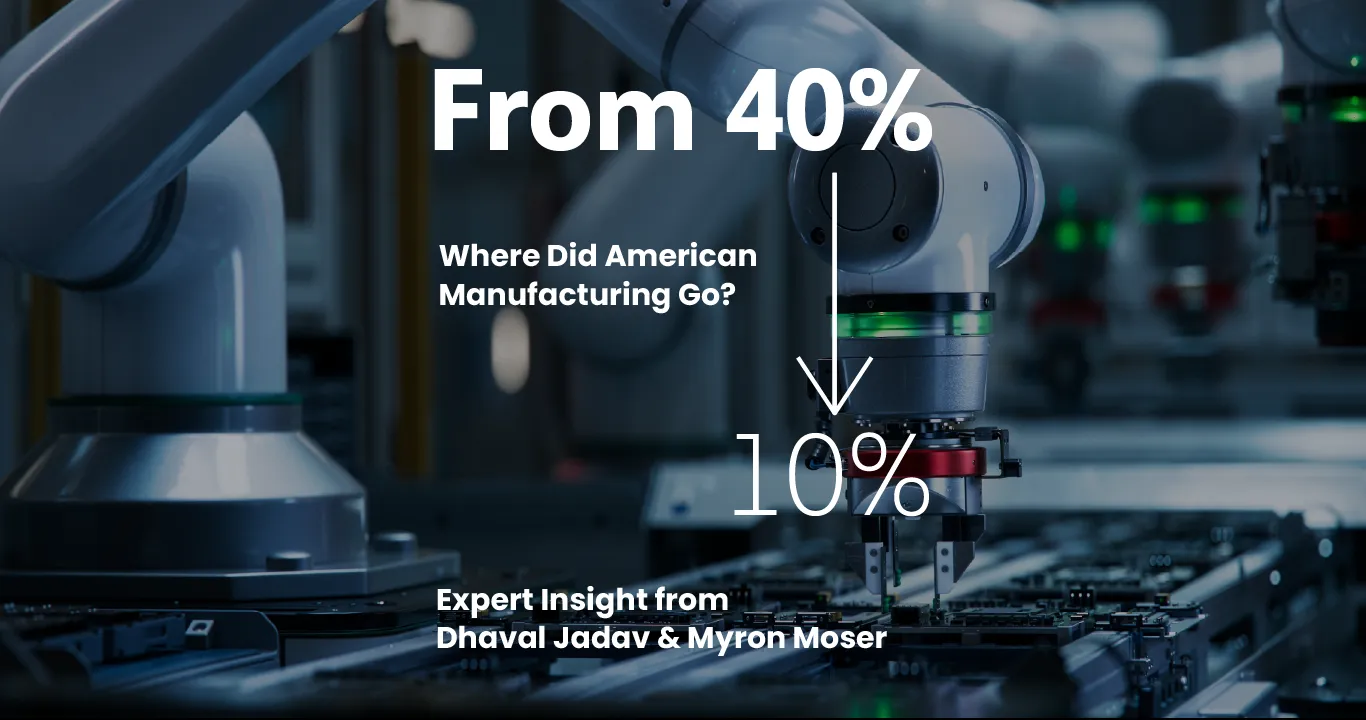“It affects some of the most innovative businesses in the country, creating a disincentive on them continuing to innovate. The large tech companies have multibillion-dollar balance sheets and can finance the larger tax liability, but small businesses have none of those things and are the ones that in some cases are suspending R&D. In many cases they are holding up hiring and, in some cases, folding the business altogether.”
“For example, we have clients that are engineering firms whose whole basic culture is constant innovation,” he continued. “They will use last year’s plans off the shelf, because they don’t want to trigger the new provisions that will require amortization over six years as opposed to the current deduction. It’s a huge hardship.”
One client, SX Industries, had a 74% tax increase in 2022, and is considering stopping their military development projects since they can no longer afford the increase. Another client, Agile Six Applications, had a total tax liability that more than doubled; rather than a total tax bill of $2.2 million, they will be expected to pay $5.05 million.
The company builds “digital experiences” for a number of government agencies such as the Veterans Administration. “We don’t have the option to stop innovating,” said Robert Rasmussen, founder and CEO. “Our only option now is to borrow money and try to survive. It’s a unique situation aggravated by our growth rate. Profit-wise we’re making money, but if we continue to grow at that rate, we’ll just grow out of business.”
“Half of our business model is in delivering more user-friendly services to citizens (e.g., veterans accessing benefits), the other half of it is how we deliver those services,” said Rasmussen. “This is called ‘objective-based contracting,’ where we do not get paid unless objectives are met. So unlike most federal contracts, we share this risk (as to whether our technical solutions fix the problem), and therefore we have leveraged the R&D credits more than traditional contractors.”
“The systemic problem is that we end up paying taxes on 30.6% ($15.3 million) net income (calculated based on innovation expenses), while only earning 13.6% ($6.8 million),” he explained. “This example from 2023–2024 will look worse. As we grow, our organic real net income has shrunken already in 2024, but our tax liability has increased. We may have negative real net income (cost of expansion) complicated by a real increase in taxable income (cost of innovation in our deliveries).”
He concluded: “All of this leaves us in an unsustainable situation, with a negative cash flow situation with no cash to support future growth, and a growing liability with future growth as the cash flow problem grows with our growth.”
“The irony is that American businesses are falling further behind international competitors in new areas such as AI and chip technology,” said Lazio. “In fact, the policymakers have created a perverse disincentive by allowing this provision that was never intended to be permanent to affect small and medium businesses. The history of innovation is that big players acquire companies that have developed the technology they need. They innovate by buying smaller companies that have developed it. If smaller companies are disincentivized or discouraged, then American businesses won’t have access to their technology and they become vulnerable to international competitors where the governments have encouraged R&D.”
Is there at least the possibility of a fix before smaller companies are forced to leave the playing field? “We hope so, but we’re looking at a timing problem,” said Lazio. “It won’t be until the summer or fall of 2025, before a bill the size of the TCJA comes up, and that’s an eternity away for businesses. Many won’t survive that long.”





